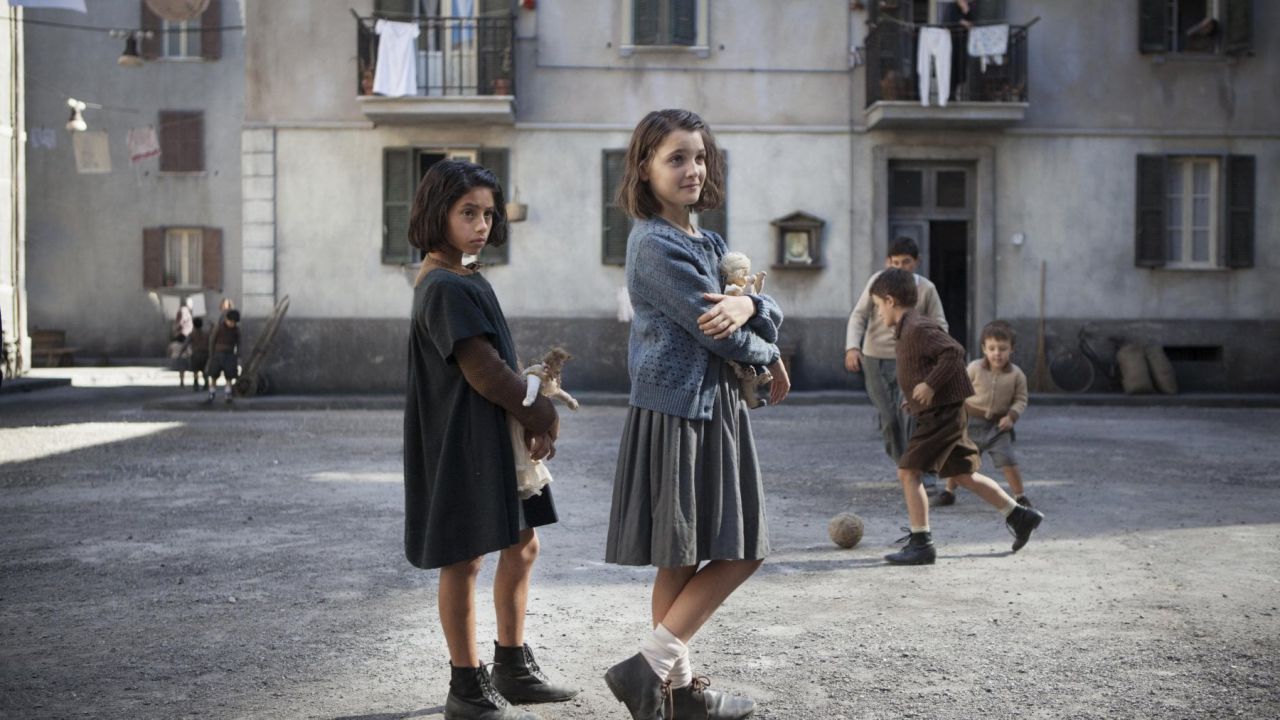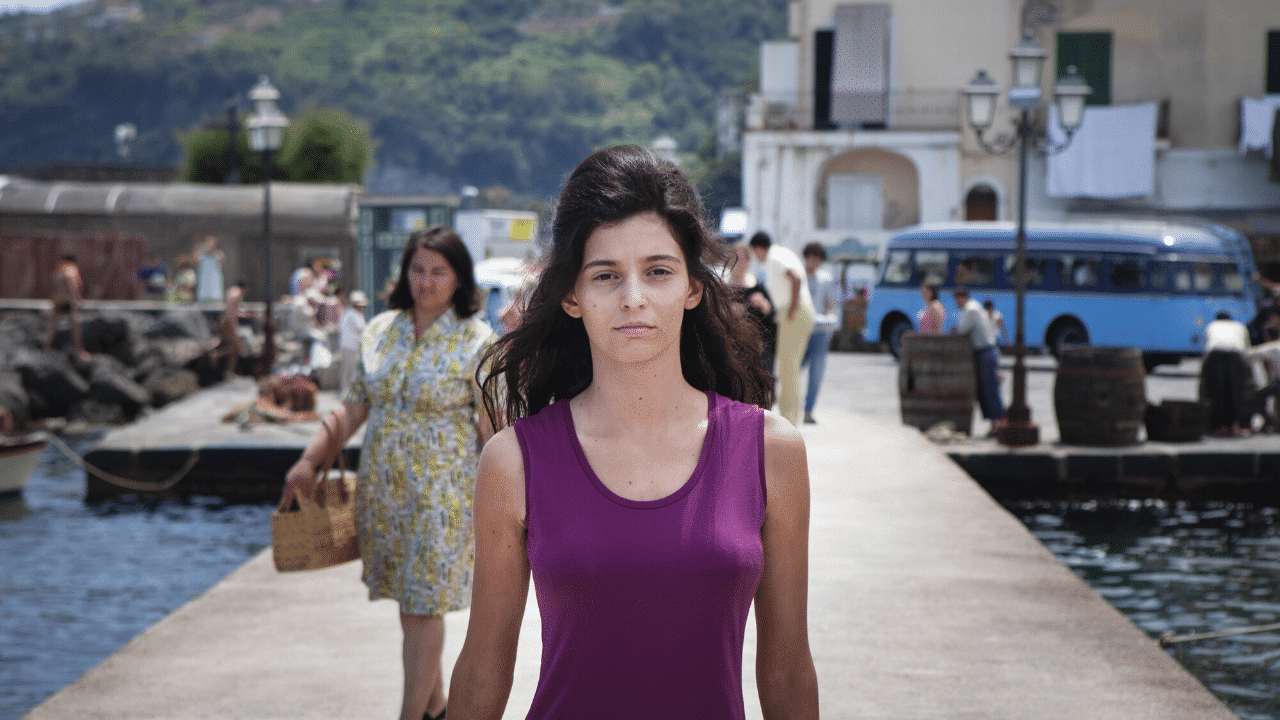


My Brilliant Friend came out in 2011 and nobody expected the success that would come from such a book.
The novel – which has since then turned into a quartet – has been by now translated in many languages and even became a well-known TV series that made the book saga even more beloved by its readers.
On top of this, the mystery behind the author of the books has raised many questions and concerns when it comes to authorship, for example it has been investigated whether it is impossible to determine an author's sex through text analysis tools.
This new approach to publishing has also raised the question about how truly important it is to know an author's true identity and how this ends up affecting their own books
What we can say for now is that Elena Ferrante has created an empire and a whole new literature, through her style – the infamous scapigliatura – and her attentive and ruthless knowledge of feminine souls.
Still, if this is the first time that you have heard of this novel, what you must know - before consulting this digital edition - is that this series is set in Naples, during the 1950s, although the books cover a whole temporal space of whole decaeds, till nowadays.
the story is centered on two girls – Lila and Lenù – childhood friends and life-long rivals.
It’s a tale of deep-rooted friendship, hate and rivalry that will bring the reader to question each word said by the narrator – none other than Lenù, herself – and at the same time to hope for a happy ending for these two and their own families.
Discover Lila's and Lenu's lives through reading this digital edition, which has made available to the reader a few tools to actually further understand the text:



Children don’t know the meaning of yesterday, of the day before yesterday, or even of tomorrow, everything is this, now: the street is this, the doorway is this, the stairs are this, this is Mamma, this is Papa, this is the day, this the night.
The world family is perfect to describe the world of My Brilliant Friend.
At the very start of each novel, the reader can find a list with the various families of the story and each character it is presented through their own familial role.
It might be a rather cold approach to present the characters before the reader even meet them, but at the same time it makes immediately clear how influential and important is the ecosystem, family.
Families end up having a huge impact in the two main characters’ lives: while Lenù is allowed by her family to go on with her school career, Lila is stopped and even threatened by her own father against continuing her education path.
Don Achille is known for being the boss of the district and his family is treated according to a special treatment by both the other families and even the school, while the gambling addict, Alfredo Peluso, is mocked and even beaten for having dared to fight against the boss’ government.
Then there is the fight between the Cappuccio family and the Sarratore one, or better between Lidia Sarratore and Melina Cappuccio, who both fight over Donato Sarratore, creating enough drama to have the Sarratore family moving away, an important moment for the narrator, Lenù.
In the end, family, in this novel, can be both a curse and a blessing.
Lila appeared in my life in first grade and immediately impressed me because she was very bad.
School is a focal point for both the girls and their friends
If family is the first community in the novel, school allows boths girls to meet the other children of the district.
It’s here that their friendship starts and it’s here that their life-long rivalry is first brought up.
Here, Lenù re
alizes just how brilliant her friend is, who already knows how to read and write much before than anybody in the class and will soon becoming exceptional when challenged by others.
It’s through a scholastic challenge that Lila reveals her nature and it’s through the following fight that ensues that the two characters first come in contact and starts their ambiguous relationship of defending and attacking each other.
It’s also school that brings these apart, when Lenù is allowed to start the middle grade, while Lila isn’t.
No matter her plead with her father and brother for such a thing and her own stubbornness.
This, inevitably, shapes the life of the two girls in two different ways, no matter the fact that Lenù will always feel like Lila’s shadow, whereas the latter will always try to learn more, even after the denied education.
At the fourth flight Lila did something unexpected. She stopped to wait for me, and when I reached her she gave me her hand. This gesture changed everything between us forever.
While Lenù is an apt student and a sweet girl, Lila is cruel, exceptional, and hated by many of the children.
This opposition of personalities might make these two an unlikely pair, but it's together that they managed to face their childish fear of coming face to face with the villain of their fairytales, Don Achille.
Their friendship is as strange as they come, and at times, the reader can’t be too sure about calling it a true friendship, indeed.
They are ruthless in their fights and in this part of the novel, they are also very childish, which brings them to hide their feelings and to, still, believe fairytales.
And yet, it is with this pair that Elena Ferrante creates a proper portrayal of female relationships, which doesn’t hide the perpetual competition that just endangers such bonds and neither the dark sides of people.
Neither Lila or Lenù are good people, and yet it is impossible not to sympathize with their actions, and at the same time, screaming at them for their stupid mistakes.
Still, this book isn’t just about Lila and Lenù, as friends, but also about how their district and the relationships inside of it, end up affecting their own relationship, creating new chemistry and balance with the events that bring an end to this part.